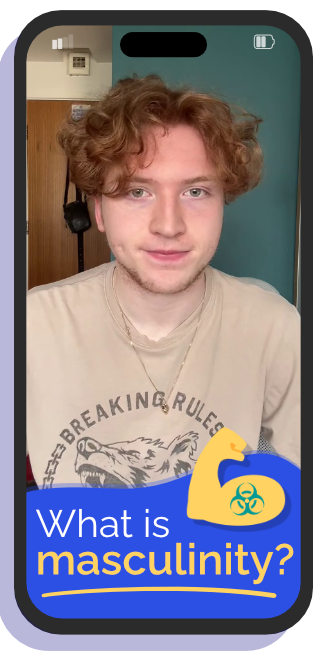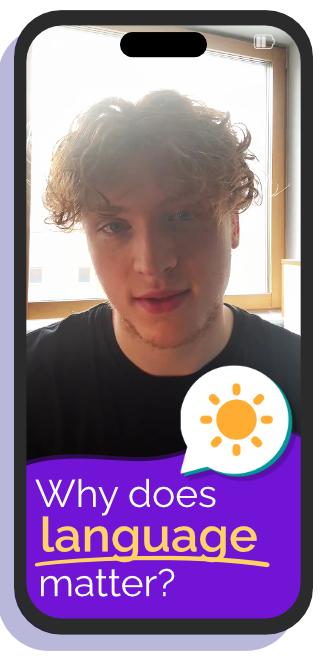Resource Pack: Misogyny in Schools (KS5)
This Key Stage 5 content pack explores the themes of misogyny, toxic masculinity, and the pressures young men face - both online and in school environments where harmful beliefs can easily spread.
The recent British drama Adolescence brought some of these issues into the spotlight, prompting conversations around ‘incel’ culture and the impact it can have on young people.
Through thought-provoking videos, students will be encouraged to reflect on how these attitudes influence their lives and relationships. The aim is to challenge negative stereotypes and equip young people with the tools to recognise harmful behaviours, develop empathy, and foster healthier ways of thinking.
Preview
Watch a preview of 'You asked them out and they said no’ - a video designed to help learners learn how to deal with the emotions that come with rejection.
In this video, Nate explores the tough emotions that come with asking someone out and getting rejected. It dives into the vulnerability and self-doubt that can follow, reminding you that it’s okay to feel hurt.
It also offers advice on handling rejection gracefully, staying respectful, and finding support from friends or family. While it’s tough, the video encourages you to remember that rejection doesn’t define your worth, and there’s always hope for future connections.
Got Peerscroller? Scroll down for more resources.
Misogyny has become increasingly visible online, especially in the wake of influencers promoting harmful ideas under the guise of self-improvement or masculinity.
Young people are likely to have questions - or be exposed to content that normalises hate.
This video helps students understand what misogyny is, how it spreads, and why it’s now recognised as a form of extremism.
Young people rarely go online looking for extreme content – but in today's digital world, they don’t have to.
Extremist narratives have adapted to social media, often disguising themselves as harmless content, trending videos, or confident influencers speaking in soundbites.
This video helps students recognise how extremist views can be drip-fed through their feeds and why it’s important to stay alert to content that promotes hate, blame, or violence.
This video takes a concept familiar to Gens A & Z - “the friendzone” - and unpacks the attitudes and behaviours that often surround it.
It encourages young people, especially boys, to reflect on how they respond to rejection, the importance of respecting boundaries, and the value of friendships that aren’t romantic. Nate opens up space for conversations about entitlement, emotional maturity, and gender respect.
Social media can create intense pressure around appearance, especially for young people who are still forming their sense of identity.
Trends like “looksmaxxing” take this to the extreme, encouraging unhealthy comparisons and promoting unrealistic beauty standards - often as a way to sell products. This video explores what looksmaxxing is, how it spreads online, and why it's harmful.
This video tackles one of the most difficult but increasingly relevant issues young people face: recognising the signs of radicalisation in a friend and knowing how to respond.
As extremist content becomes more accessible online, students are more likely to encounter harmful ideologies - sometimes without even realising how far it’s gone.
The video empowers students to trust their instincts, have honest conversations, and, importantly, to speak to trusted adults when something feels wrong.
This video invites students to reflect critically on modern messages about what it means to be a man.
In a world filled with loud voices promoting narrow and often toxic ideals - success, dominance, emotional suppression - Nate challenges learners to question those ideas and consider more authentic, healthy, and self-defined versions of masculinity.
This video tackles the way language can spread stereotypes - especially around gender - and shows just how damaging sweeping statements like “all girls think this” or “all boys do that” can be.
It aims to help students spot harmful generalisations and reflect on how language shapes the way we see ourselves and each other.











